John Huston
John Huston was one of the most colorful and talented of all American filmmakers.
His career began with a brief fling as an actor, following in the footsteps of his father, Walter Huston. But after working successfully as a staff writer at Warner Bros. in the late 1930s, he found his niche as a filmmaker with his first directing effort, "The Maltese Falcon," in 1941.
His films include such classics as "The Treasure of the Sierra Madre," starring Humphrey Bogart and Huston's father as a salty old prospector; "The Asphalt Jungle," "Beat the Devil," "Moulin Rouge," "Key Largo," "Red Badge of Courage," "The African Queen," "Night of the Iguana," "Fat City" and "The Man Who Would Be King," a commercial success with Michael Caine and Sean Connery in the Kipling story.
"Prizzi's Honor" in 1985, both a critical and box office success, was vintage Huston—tough, funny and character driven, a darkly comic tale (from a Richard Condon novel) of loyalties in a crime family. He was nominated for an Academy Award for director. Daughter Anjelica, who costarred with Jack Nicholson in the film, won an Oscar as supporting actress.
A tall, thunder-voiced man who had been an amateur boxing champion in his teens and later an officer in the Mexican cavalry, Huston seemed part hell-raiser and part courtly gallant.
Huston married five times and in his autobiography, "An Open Book," said that his wives were, in order, "a schoolgirl, a gentlewoman, a movie star, a ballerina and a crocodile."
In 1964 he became a citizen of Ireland, where he had lived since 1952, but gave up his country estate there in 1978, explaining that "it cost me so much to live there that I had to stay away and work all the time to afford it." He lived most of his later years at a remote house in Mexico that was reachable only by water and leased from Indians. His house companions were said to include two boa constrictors and an ocelot.
When he was 3, his parents separated, Walter returning to New York and the theater and the boy dividing his time between father and mother. He had a serious illness as a child and was in a sanitarium. He attended a military school and then Lincoln High in Los Angeles, which he chose, he said later, because it had the best boxing team in the city. Huston briefly was California state lightweight amateur boxing champion.
Huston's father invited him to come to New York and try his hand at acting. He did, landing a small role in the Provincetown Theater's production of Sherwood Anderson's "Triumph of the Egg," but he decided he really didn't like acting.
Already an accomplished horseman, Huston enlisted in the Mexican army and spent two years, emerging at 21 as a lieutenant of cavalry. He returned to New York and tried his hand at writing. His play for puppets, "Frankie and Johnny," was produced in the 1929 season. He also wrote stories for American Mercury magazine.
In 1930 Huston went to Hollywood with his father and received his first screen credit, for additional dialogue, on "A House Divided," directed by William Wyler and starring Walter. He earned a similar credit on Bela Lugosi's "Murders in the Rue Morgue." Huston's first solo credit was on "Law and Order," which also starred his father.
What was to become an extraordinary film career began in 1937 in earnest when he signed a contract as a Warner Bros. writer and in quick order worked on the scripts for "Jezebel," "Dr. Ehrlich's Magic Bullet," "The Amazing Dr. Clitterhouse," "Juarez," "Sergeant York" and "High Sierra." He received his first two Academy Award nominations for the scripts of "Dr. Ehrlich's" and "Sergeant York."
Warners promised Huston that if "High Sierra" proved to be profitable he could write and direct a film of his own. It was, and Huston elected to do Dashiell Hammett's "The Maltese Falcon," which he made in two months for $300,000. It established Huston's reputation as a director, did more than any other single film to create the Humphrey Bogart mystique and, with its memorably vivid supporting cast—Sidney Greenstreet, Peter Lorre and Mary Astor—it has remained one of the most popular of all American films. Huston received another Oscar nomination for his script.
After two more films, Huston joined the Army as a documentary maker. The three films he made for the Army—"Report From the Aleutians," "Battle of San Pietro" and "Let There Be Light"—are now recognized as classics.
The 1950s were a productive and important time for Huston. After "Key Largo" (in which Claire Trevor won an Oscar as best supporting actress), Huston split with Warner Bros. At MGM he made two remarkable films, the tough crime drama "The Asphalt Jungle" and the poetic adaptation of Stephen Crane's Civil War story "Red Badge of Courage."
Huston in 1951 made his unforgettable "The African Queen," for which Bogart won his only Oscar, as lead actor. Katharine Hepburn, James Agee's script and Huston's direction were also nominated.
Huston returned to acting, playing a cardinal for Otto Preminger in "The Cardinal" in 1963, and he interspersed directing and acting thereafter, although he continued to insist, "I'm not an actor," meaning that he was first and always a director. His cardinal won him an Academy Award nomination for supporting actor.
Huston's work in the 1960s and '70s varied between films that appeared mostly to keep him in horses and foxhounds in Ireland and others, like "Reflections in a Golden Eye," that confirmed him as an adventurous master of the film form.
"Fat City" in 1972, although a box office flop, was a beautifully observed story of small-time professional boxers destined never to make the big time.
Huston gave one of his finest performances as an actor in Roman Polanski's "Chinatown," playing Faye Dunaway's tyrannical and incestuous father. He also created vivid characters in "The Wind and the Lion" and "Winter Kills."
Huston had completed directing his last feature, "The Dead," based on a James Joyce story from "Dubliners," earlier this year.
And in what proved a farewell public gesture, Huston, a lifelong smoker, just months before his death filmed a television spot for the American Lung Assn. in which he praised "the courage of those fighting diseases of the lung."
Related stars
|
|
Points of interest
Academy Awards
| Year | Category | Work | |
|---|---|---|---|
| 1940 | Best Original Screenplay | Dr. Ehrlich's Magic Bullet | Nomination* |
| 1941 | Best Original Screenplay | Sergeant York | Nomination* |
| 1941 | Best Screenplay | The Maltese Falcon | Nomination |
| 1948 | Best Director | The Treasure of the Sierra Madre | Win |
| 1948 | Best Screenplay | The Treasure of the Sierra Madre | Win |
| 1950 | Best Screenplay | The Asphalt Jungle | Nomination* |
| 1950 | Best Director | The Asphalt Jungle | Nomination |
| 1951 | Best Screenplay | The African Queen | Nomination* |
| 1951 | Best Director | The African Queen | Nomination |
| 1952 | Best Director | Moulin Rouge | Nomination |
| 1957 | Best Adapted Screenplay | Heaven Knows, Mr. Allison | Nomination* |
| 1963 | Best Supporting Actor | The Cardinal | Nomination |
| 1975 | Best Adapted Screenplay | The Man Who Would Be King | Nomination* |
| 1985 | Best Director | Prizzi's Honor | Nomination |
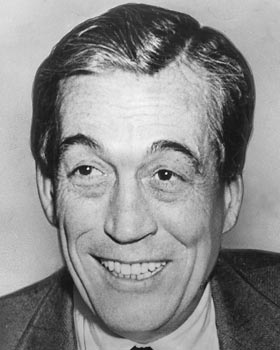
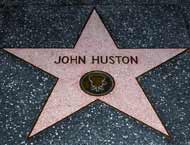
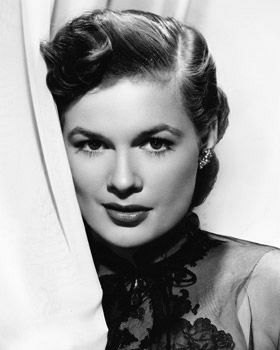
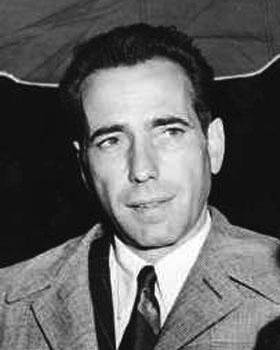
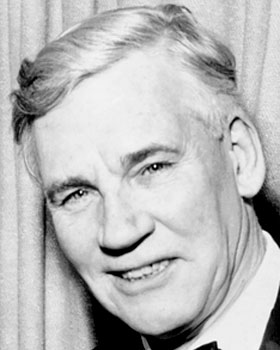
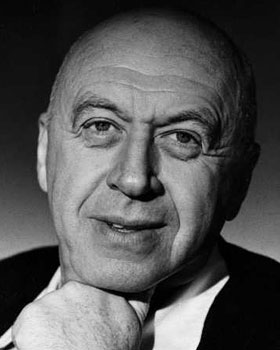
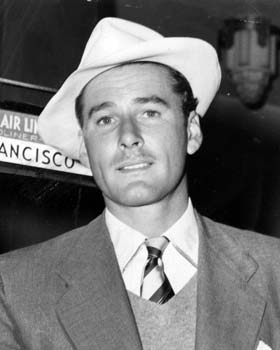
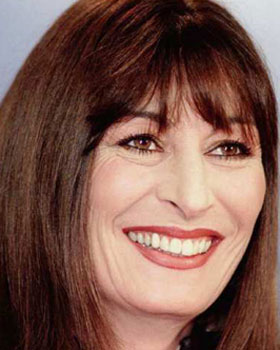
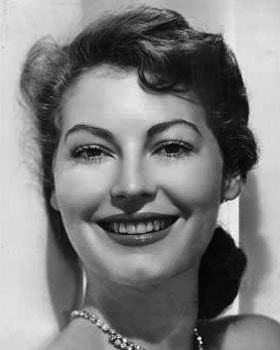
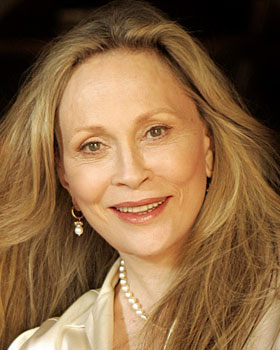
Share a thought about John Huston